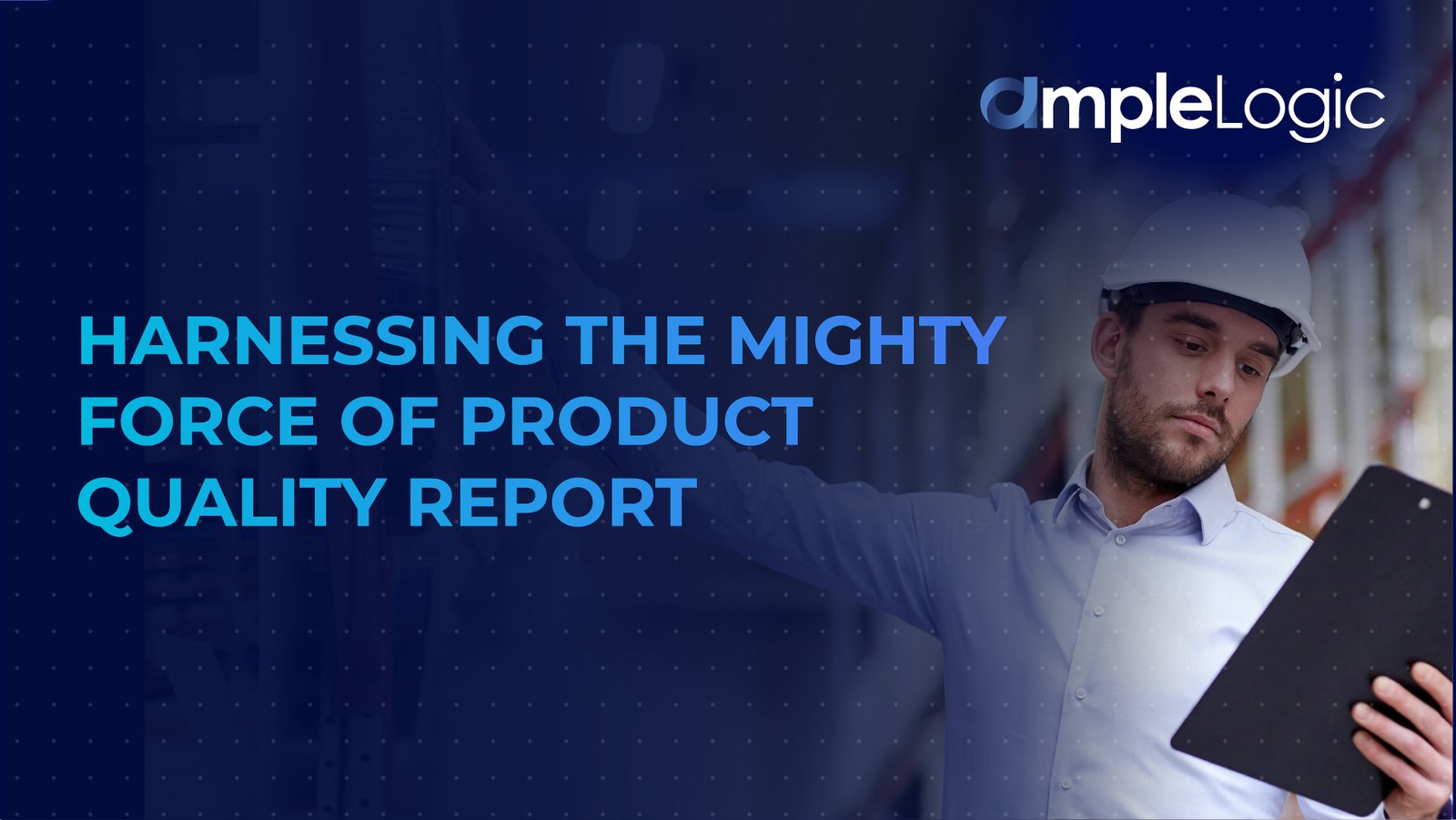
In the dynamic world of business, maintaining impeccable product quality stands as an unyielding cornerstone. Whether it’s the allure of a cutting-edge smartphone, the aroma of a finely crafted coffee blend, or the assurance of life-saving medication, consumers demand excellence, and businesses must rise to the occasion. Amidst this demanding landscape emerges the unsung hero of quality assurance: the Product Quality Report.
A Product Quality Report serves as a steadfast guide, navigating businesses through the labyrinthine maze of quality management. It’s a comprehensive dossier that chronicles the journey from humble raw materials to pristine finished products, meticulously outlining every step taken to uphold stringent quality standards and ensure unwavering customer satisfaction.
At its core, a Product Quality Report stands as a testament to a company’s unwavering commitment to excellence. It serves as a resolute declaration that every product emanating from the assembly line has weathered the crucible of meticulous scrutiny, steadfastly adhering to rigorous quality control measures. From the intricate intricacies of manufacturing processes to the meticulousness of final inspections, every minute detail is meticulously documented, weaving a tapestry of transparency and accountability.
Components of Product Quality Report
Quality Metrics and Performance Indicators: These metrics serve as the pulsating lifeblood of the report, quantifying the essence of product quality through tangible measurements. Whether it’s scrutinizing defect rates, addressing customer grievances, or ensuring unwavering adherence to specifications, these indicators serve as beacons illuminating areas for enhancement and improvement.
Data Collection and Analysis Methods: Behind every quality metric lies a rich trove of data waiting to be unveiled. Product Quality Reports meticulously detail the methodologies employed to gather and analyze this data, ranging from traditional manual inspections to the cutting-edge prowess of sophisticated data analytics software. By harnessing the transformative power of data, businesses can discern emerging trends, detect subtle anomalies, and make informed decisions aimed at elevating product quality to unparalleled heights.
Identification of Critical Parameters: Amidst the vast expanse of product intricacies, not all aspects hold equal sway. Product Quality Reports deftly identify critical parameters that wield a direct influence on product quality, ranging from the sanctity of ingredient purity to the exactitude of manufacturing tolerances. By focusing unwavering attention on these pivotal parameters, businesses can judiciously allocate resources and efforts, thereby ensuring maximum impact on product quality.
Sampling Plan: Sampling stands as the rhythmic heartbeat of quality assurance, offering a snapshot of product quality across diverse batches. Product Quality Reports meticulously outline the blueprint of the sampling plan, delineating the precise locations, frequencies, and methodologies employed to procure samples. Whether it’s the randomness of random sampling, the strategic precision of stratified sampling, or the categorical discernment of attribute sampling, a meticulously crafted sampling plan guarantees representative data and accurate insights into product quality.
Maximum Allowable Carryover (MACO): MACO stands as the zenith of cleaning validation, delineating the permissible residue levels between successive batches without compromising product safety. Product Quality Reports meticulously compute MACO values, anchoring them firmly in scientific principles and regulatory guidelines. By upholding the sanctity of MACO, businesses can ensure that their products remain untainted by harmful contaminants, thus safeguarding consumer welfare and trust.
Analytical Methods: Behind every quality metric lies a formidable arsenal of analytical methods waiting to be unleashed. Product Quality Reports expound upon the diverse array of analytical techniques employed to gauge product quality, ranging from the precision of chromatography and the discernment of spectroscopy to the keen scrutiny of microbiological assays. By judiciously selecting the optimal analytical method for the task at hand, businesses can ensure precise, reliable, and robust measurements of product quality.
Validation Studies: Before a product can take its rightful place on the hallowed grounds of the market, it must undergo a rigorous crucible of validation studies. Product Quality Report meticulously document these validation studies, offering a detailed chronicle of the experimental design, protocols, results, and conclusions. Whether it’s the rigorous scrutiny of stability testing, the meticulous scrutiny of shelf-life studies, or the exacting precision of clinical trials, validation studies furnish the scientific bedrock upon which product quality stands.
Documentation and Reporting: Last but certainly not least, Product Quality Report stand as a testament to the meticulous art of documentation and reporting. Every facet of the quality assurance journey, from the precise specifications of raw materials to the exactitude of finished product inspections, finds its rightful place within the annals of these reports. By meticulously maintaining detailed records and generating comprehensive reports, businesses can unequivocally demonstrate their unwavering commitment to regulatory compliance and consumer satisfaction.
Conclusion
Product Quality Reports stand as the steadfast bedrock of quality management, guiding businesses on a journey of excellence and unwavering commitment to customer satisfaction. By encapsulating every facet of the quality assurance process, from the meticulousness of data collection to the exactitude of validation studies, these reports serve as beacons illuminating the path to unparalleled product quality. In a world where excellence reigns supreme, businesses that harness the transformative power of Product Quality Reports will emerge triumphant, earning the admiration, trust, and loyalty of consumers far and wide.





























